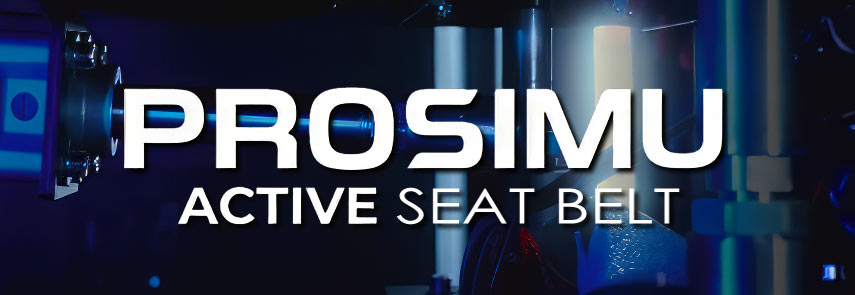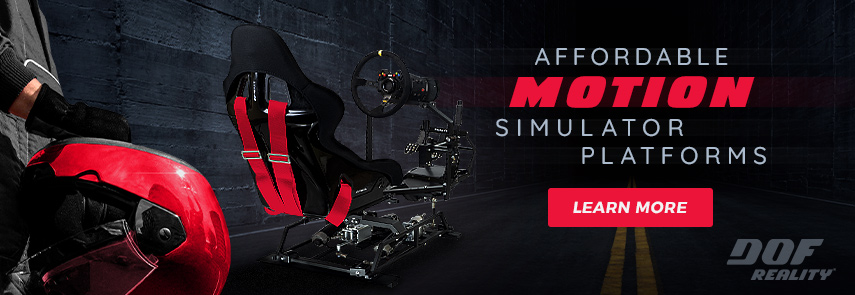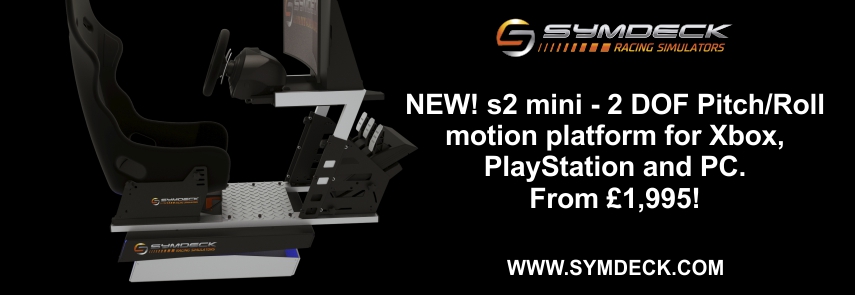
Morris Hebecker, CEO & co-founder of Competition Company, the developer of the upcoming Rennsport racing simulation addressed the recent rumors and accusations of having stolen or used Studio 397 / rFactor 2 code without the consent, or licensing agreement by Motorsport Games.
All hell broke loose when a user named haunetal1990 posted the accusations on a Studio 397 Forum thread. Many Content Creators jumped on the hype train and instantly opened a bottle of Champagne, as the clicks, likes, and subscriptions would roll in once more generating the good old passive income.
Needless to say, nobody waited for definite proof, or a clarification, of where the data similarities could have come from. It did not seem far-fetched that the mentioned code was generated by a part of today’s modular software implementations, like for instance, the supported MoTeC Telemetry data. So at least we should have heard Competition Company’s version before firing up the woodstack to start burning all the witches.
Here is what Competition Company had to say regarding the accusations.
Hey everyone,
I want to address some of the rumours and accusations that have been circulating in our community recently. We are proud to say that all content and libraries used for the production of RENNSPORT are created by us, commissioned, or licensed appropriately.
RENNSPORT as an ecosystem is designed to be modular, where best-in-class solutions are available we would be remiss to avoid them. This is why we use Unreal Engine and some of our in-game content is licensed on commission, such as laser scans for our tracks and several other parts of our ecosystem. It is our desire to work with external partners for the lifetime of the project, so this has always been a core value for us.
Our current technical direction is to first improve what we can with state-of-the-art technology and if we find fundamental limitations, we rewrite it. One example of this methodology is already apparent in our network replication implementation. There are also cases where we have intentionally chosen compatibility and thus will have some code that resembles other software.
For example, our simulator supports exporting MoTeC Telemetry. At some point, there is only one way to implement a particular format and you will inevitably have similar code to serialize data that every other implementation also contains. There are, no doubt, countless other examples of software that is used in developing software such as this. In our case, we also use licensed software such as FMOD for audio, and Sentry for crash collection. Unreal Engine itself is a licensed technology, and so on.
Creating a really good product requires using really good technologies, not all good technology is technology that you create.
In the end, we want RENNSPORT to feel like RENNSPORT, and we are tweaking, changing, and refining the systems all the time. When we do physics implementations in the game, we work closely with the different car manufacturers and their car-specific data to ensure that every car in RENNSPORT feels unique and represents its real-life counterpart. That combined with our own interpretations of what digital racing is, and the direct input from esports drivers and real-life drivers will let us push further and further forward, and evolve the racing genre.
Morris Hebecker
CEO & co-founder
A Deeper Dive In Physics
Today we can finally talk more about it…
As we mentioned yesterday: all content and libraries used for the production, release, and development of RENNSPORT are commissioned, licensed appropriately, or created by us.
Today we can finally talk more about it.
When we started the development of RENNSPORT, our goals were to build something from the ground up. That originally meant custom-made physics, tyre models, graphics and sound. Initially, we experimented in many ways and came to the conclusion that for some aspects, we require a baseline to accelerate development. We turned to an industry leader: Image Space Inc. to fully acquire a licence to use their physics processing system (known as “ISI Technology”) to act as that baseline. ISI has provided proven technology in the automotive and gaming industry for over two decades, so we believe it to be the best option for a strong foundation to build upon.
Custom Made
When we say custom-made, we do mean something that is created by our internal teams, but we’ve also been careful in building a platform that is modular so we can use external software libraries and technologies to combine that competence with our own.
Since the implementation of ISI’s physics processing; parts of ISI have been or will be tweaked, refined, and changed to make it what we believe, eventually, to be the best possible racing experience. There already exist 100% custom additions on top of our licensed engine: collisions, contact points, and damage models are but a few.
Going Forward
Our ambition is still to create custom physics. Such an undertaking from scratch is a multi-year endeavor. A full rewrite will enable us to support more advanced racing experiences, such as implementing mixed weather systems, larger races, and higher quality physics by increasing the physics thread frequency. We believe we can get there instead with incremental improvements on the strong foundations we have.
We have realized with these “revelations” that there is a significant need for more transparency. This works for us because the team is extremely proud to present their technical achievements; as such we will give more room on our “UNDER THE HOOD” blog to technical topics where we can show the community what we are working on.
If you want to keep up with the latest RENNSPORT updates check out our social media channels and our Discord.
The RENNSPORT Team
Official Webpage – www.rennsport.gg
 Bsimracing Sim Racing Resources and News for the racing enthousiast.
Bsimracing Sim Racing Resources and News for the racing enthousiast.







